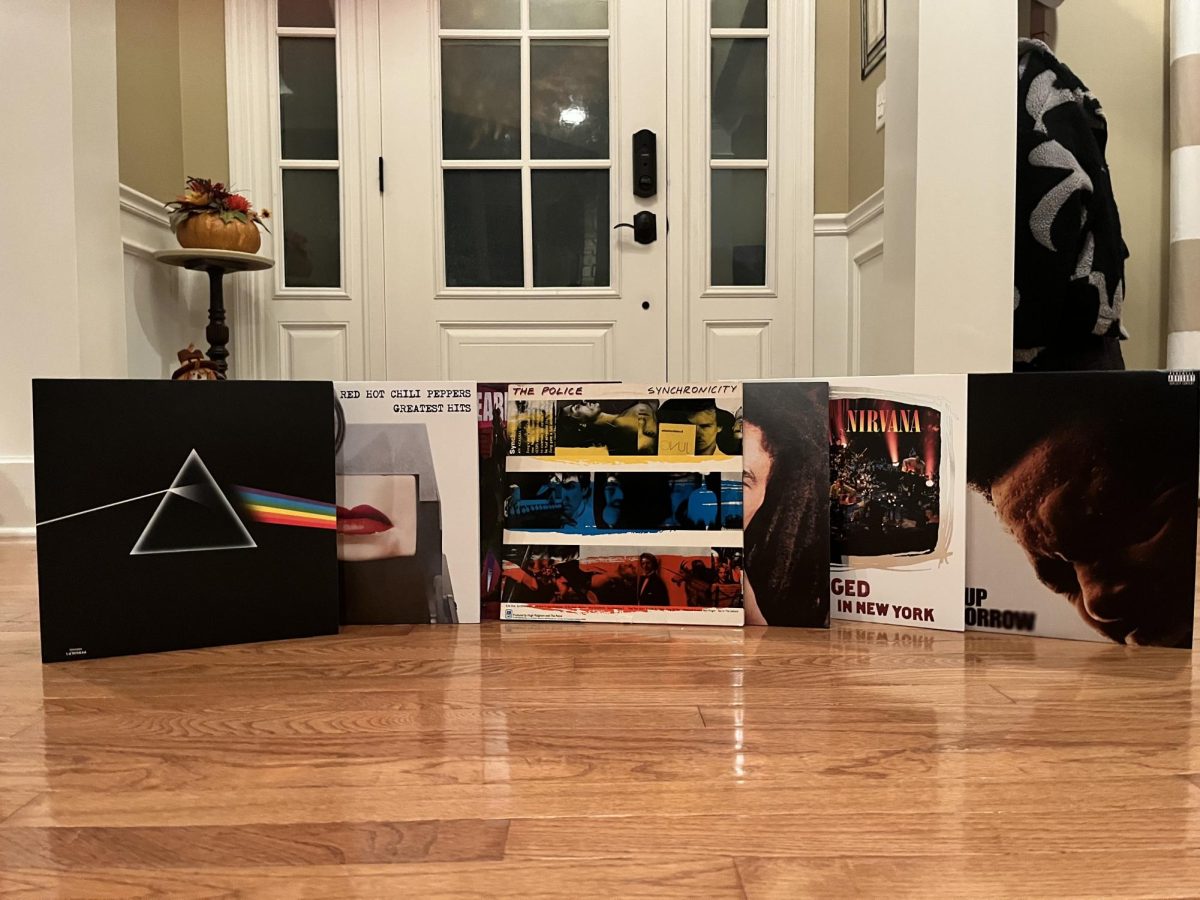Back in the 1950s through the 1980s, records were the obvious favorite. By the early 2000s, however, all hope appeared lost for vinyl. The rise of CDs and the addition of streaming seemed to make vinyls a thing of the past. Records were seen as old-fashioned and outdated yet within the last five years, vinyl has made a remarkable comeback. In fact, 2022 marked the first year that records outsold CDs in the United States.
There are two main reasons for their comeback: sound quality and a tangible connection to music. Records are cherished for a vast range of audio, produced by the grooves that create a richer listening experience than streaming services offer. Many listeners are drawn to this authentic sound that streaming simply cannot replicate.
Equally important is the physical component of vinyl. Records are not just music—they’re collectibles. Their large display of artwork makes them a sought after item for music or display. About 50% of vinyl buyers don’t even own a record player, highlighting the importance of the tangible component.
For older generations, vinyl carries nostalgia. Rediscovering albums from their youth allows for the adults to reconnect with their past. Even stores contribute to the resurgence of vinyls, which encourages collectors to hunt for desired albums.
Beyond nostalgia and collectibility, vinyl offers a unique playing experience. The process of placing the needle, flipping the record and fully engaging in the album creates a slower, more intentional way to experience music.
All in all, records have risen back to popularity for their tactile and unique experience. Vinyls deliver unique sound quality, serve as artistic collectibles and reconnect listeners with a physical, immersive listening experience. Vinyl’s revival proves that even in a digital world people still enjoy putting on timeless records.




